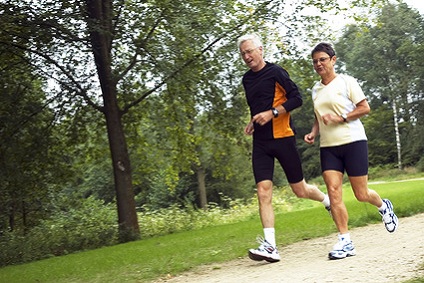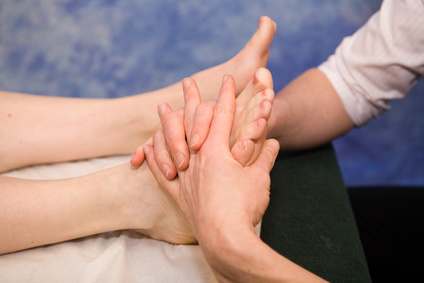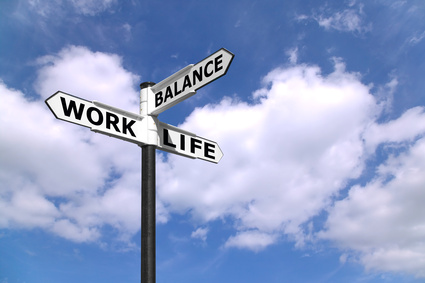
About Chiropractic Treatment
A simple plan to reduce pain, recover normal movement and increase strength.
Treatment Stages
Stage 1

Reduce joint inflammation and reduce pain
- Avoidance of aggravating factors to eliminate the cause.
- Apply ice to reduce any inflammation, muscle spasm and pain
Manipulation or "Adjustments"
Adjustments are skilled, quick, comfortable stretches to the involved joints. This technique increases movement in the stiff joints and reduces muscle spasm. This in turn reduces pain.
Soft tissue therapy
e.g. massage, fascial release, trigger point therapy, stretching are used to loosen tightened and shortened muscles, thus reducing pain and increasing movement.
Focused Shockwave therapy
Focused shockwave therapy uses high energy sound waves to help stimulate tissue healing, reduce pain, increase blood flow and stimulate the body's own healing processes. It's especially help for chronic long-term tendon injuries that have not responded to other therapy.
Medical Acupuncture (Dry Needling)
Acupuncture needles are used to help relieve pain and reduce muscle spasm.
Rehabilitation
Performing specific exercises to increase strength and flexibility is very important to minimise future problems.
Lifestyle advice
Your Chiropractor will give you advice on day to day activities to minimise future problems.
Orthotics
Orthotics are heat moulded insoles, which are used to manage foot and ankle problems. They can also help with knee, hip and low back problems in many people.
Rehabilitation
Once the pain has settled down and you can move more freely, I recommend my patients to undertake a rehabilitation exercise programme. This is especially important for those with long-term or recurring pain.
This will help strengthen and stabilise the injured area and help prevent future reoccurrences. Research has shown that a combination of ‘hands-on’ treatment and rehabilitative exercises give the best long-term results.
As a Chiropractor, I prescribe home exercises to perform as part of my treatment. However, to get the best results I advise one-to-one rehabilitation programmes to maximise the benefit for my patients.
I work with several exercise professionals in the local area. I recommend:
- Pats Pilates, Bancroft Park, Milton Keynes - www.pats-pilates.co.uk
- White space Yoga, Stony Stratford - www.whitespacestudio.co.uk
- Matt Darnell, Personal Trainer, Lift Gym, Old Stratford - www.lift-gym.co.uk





